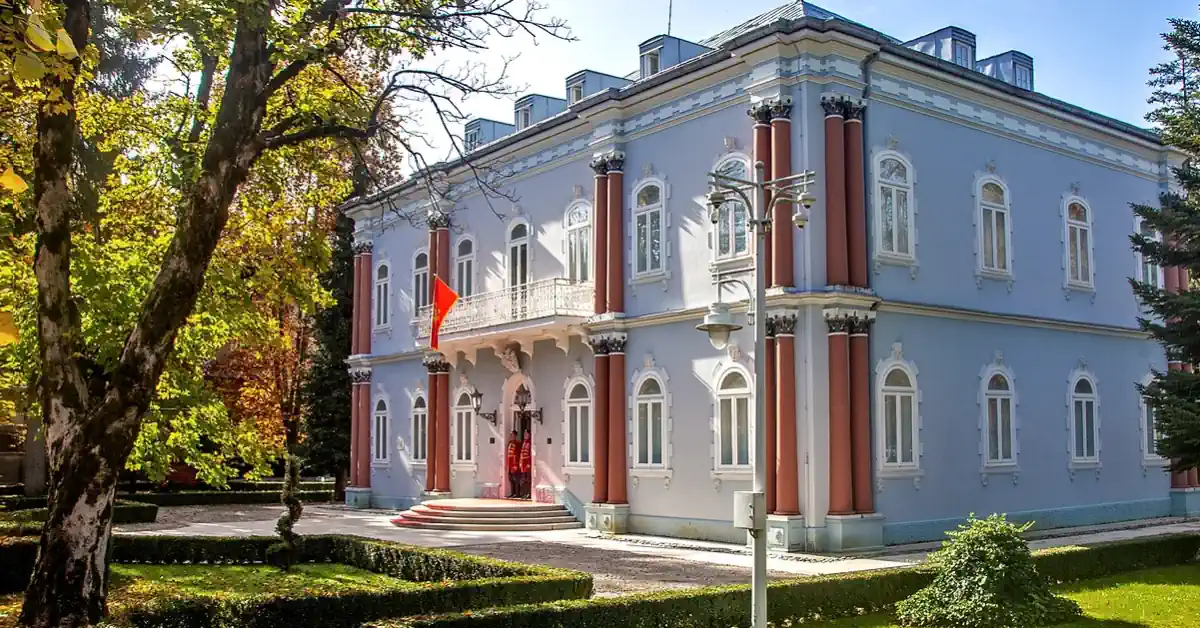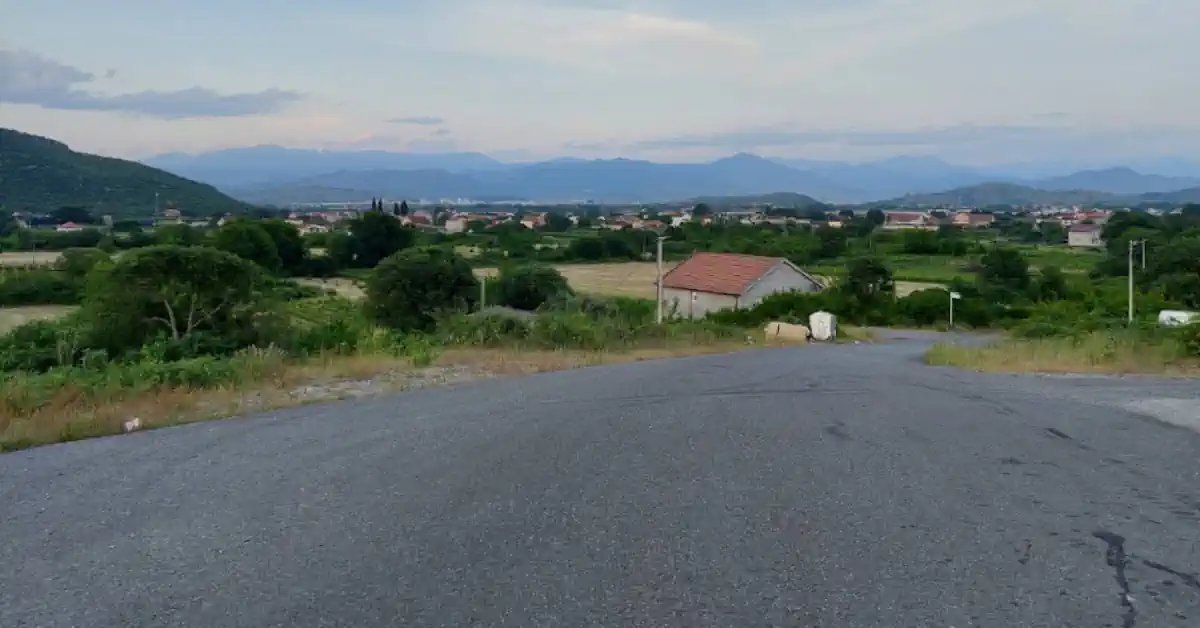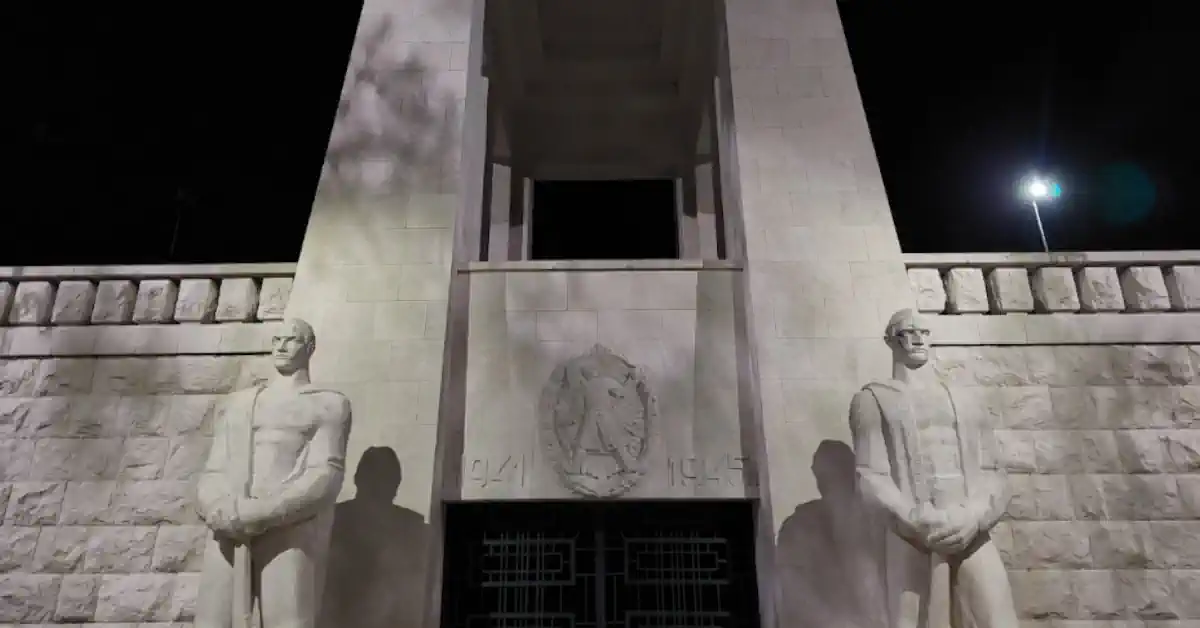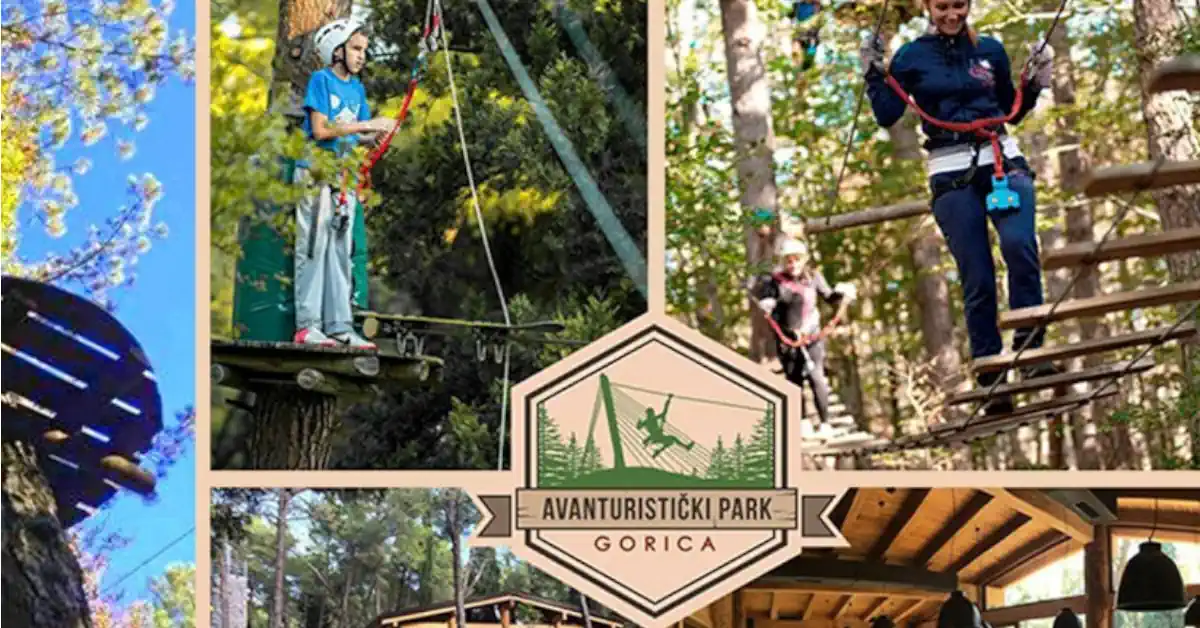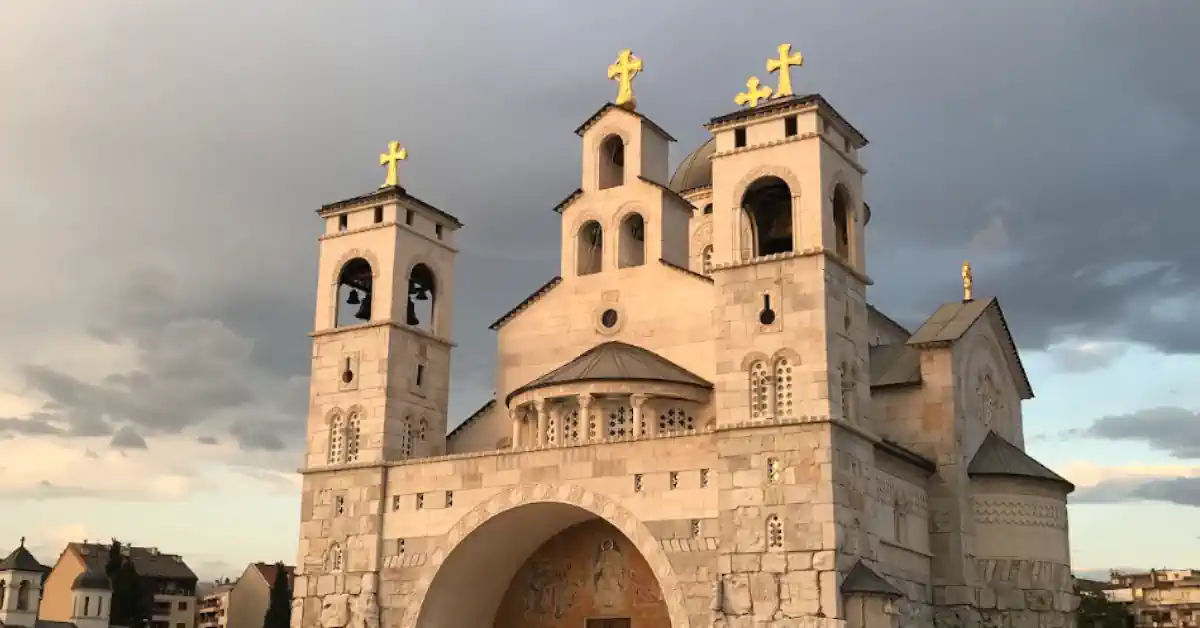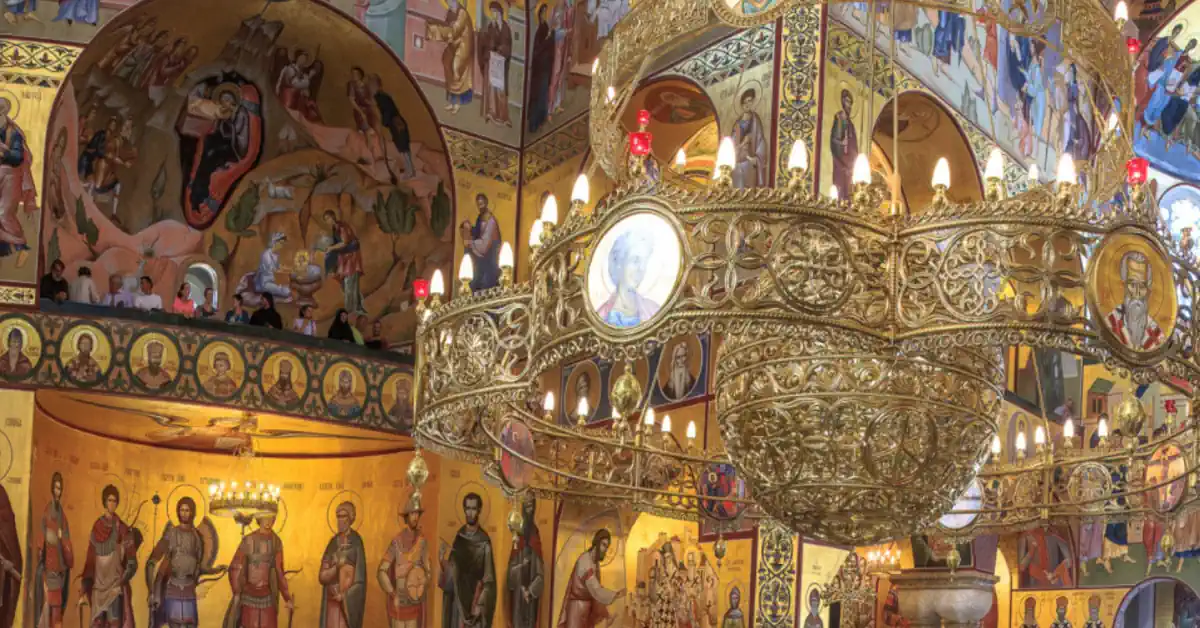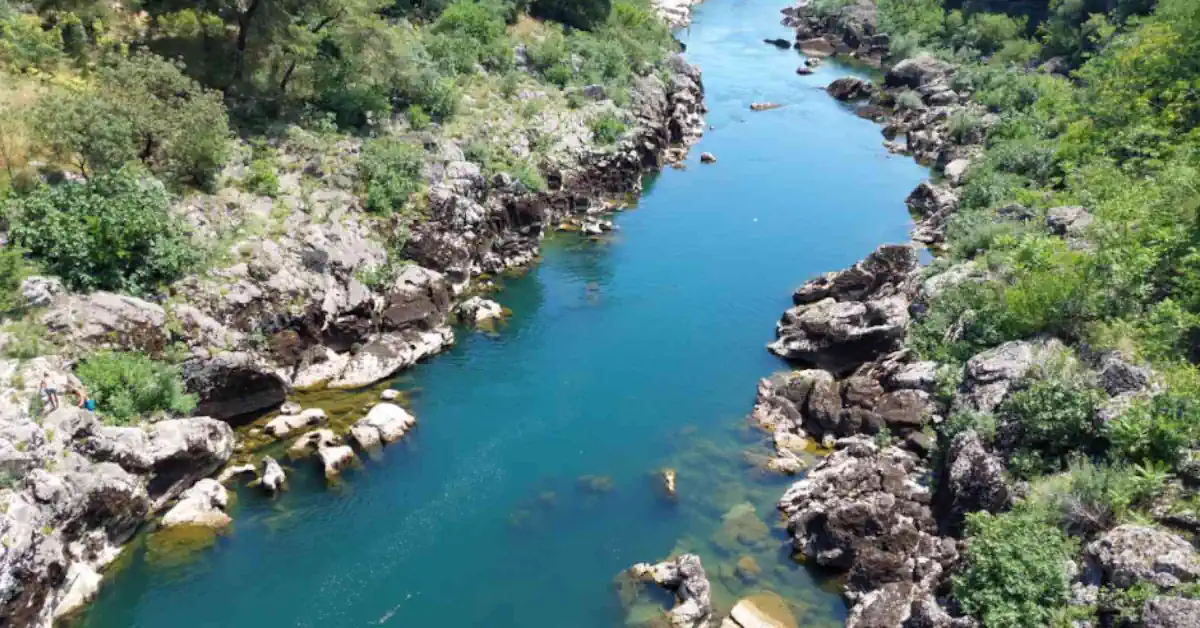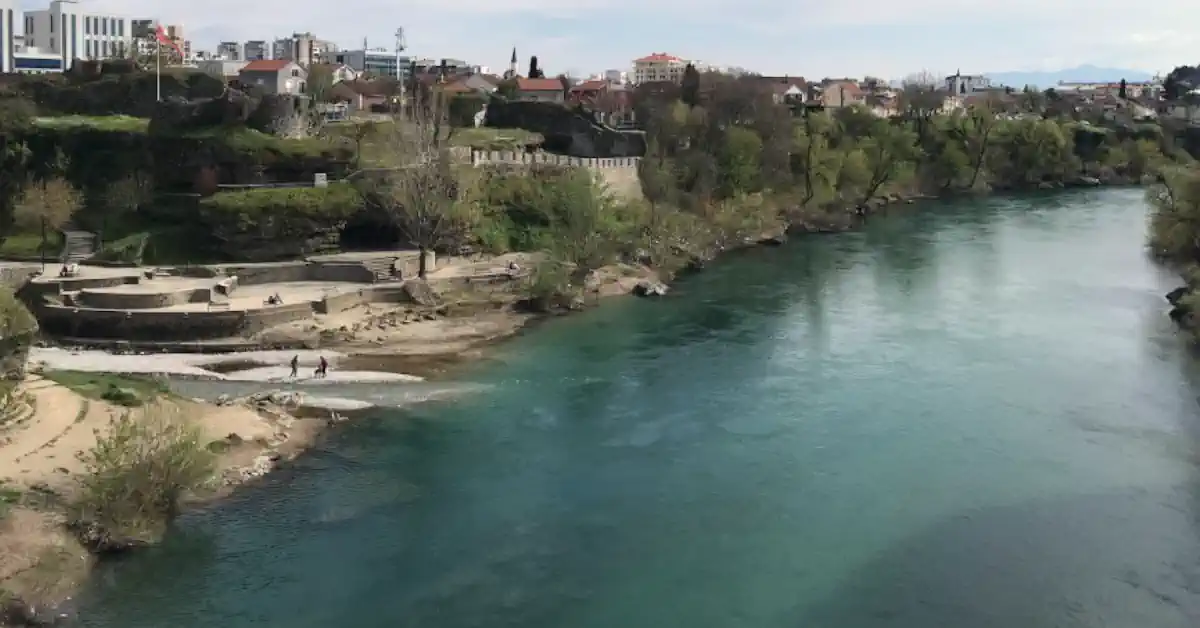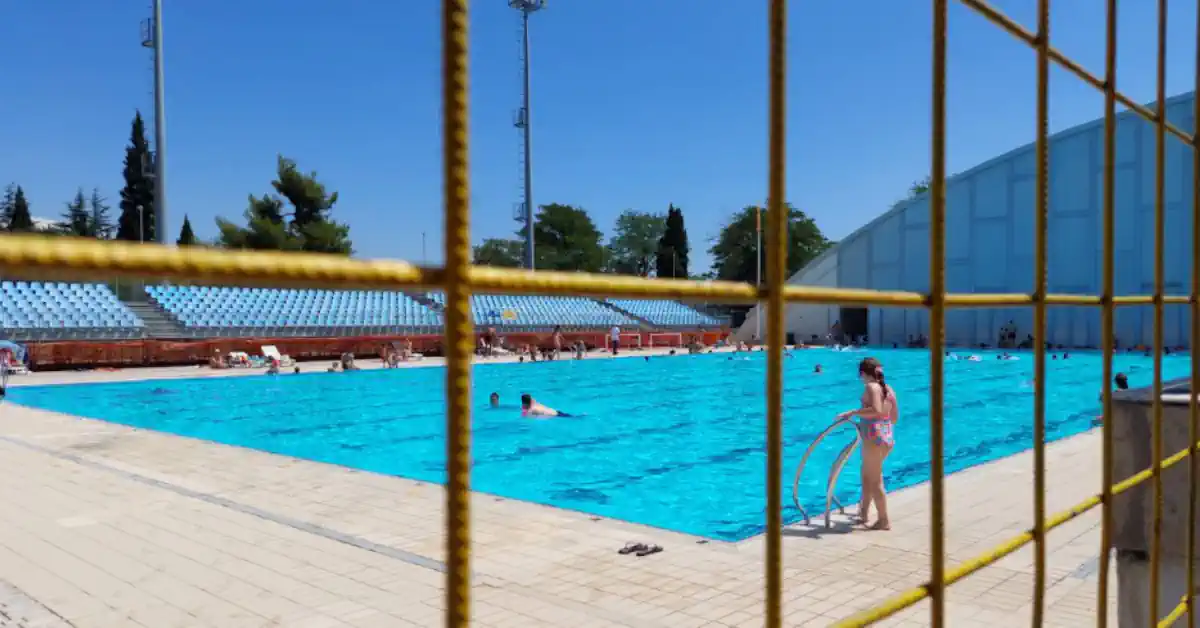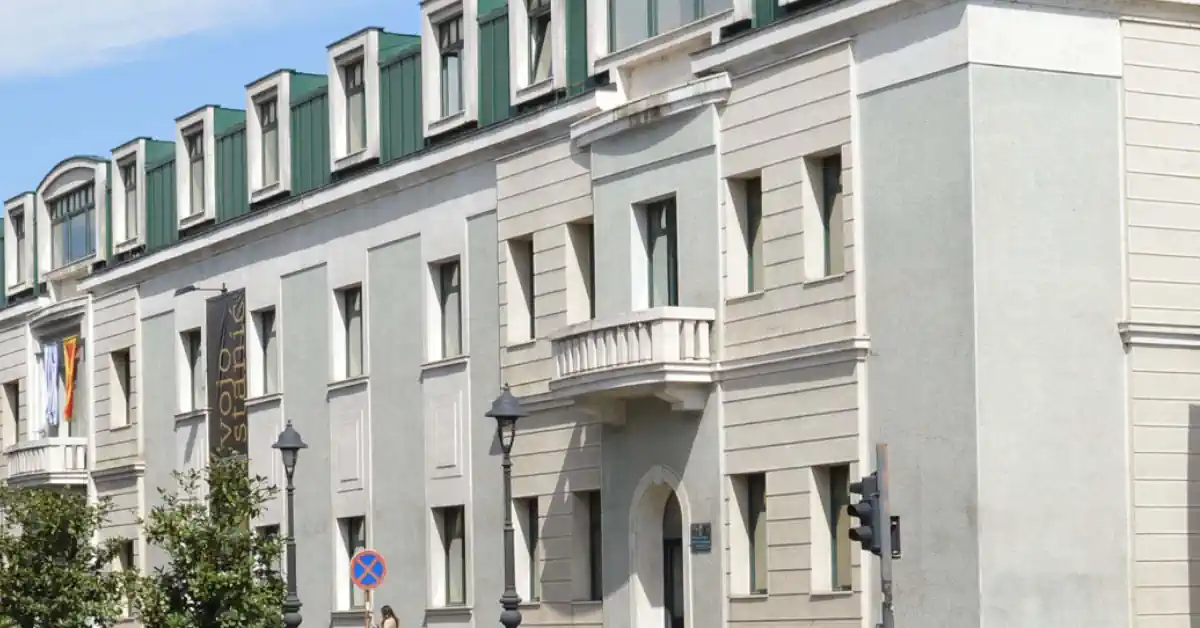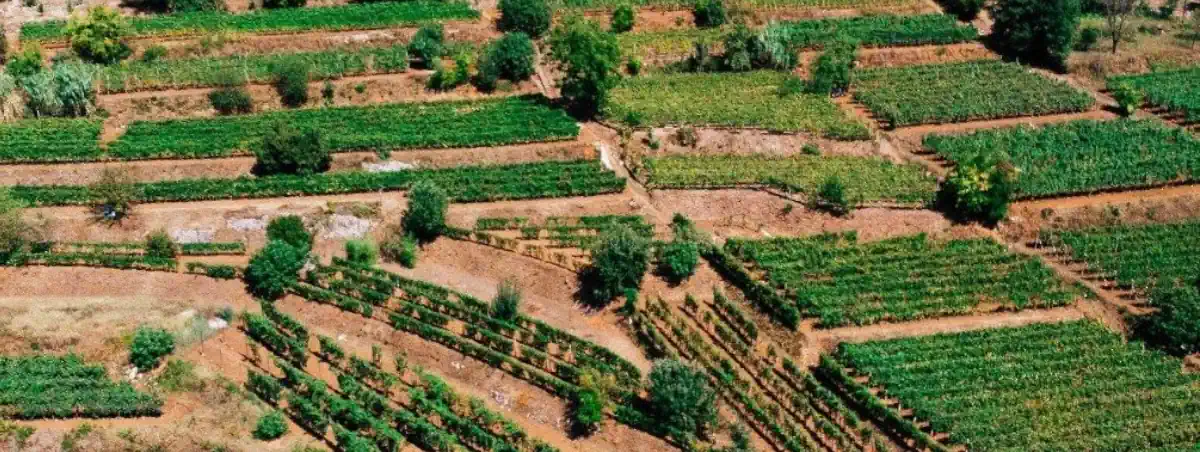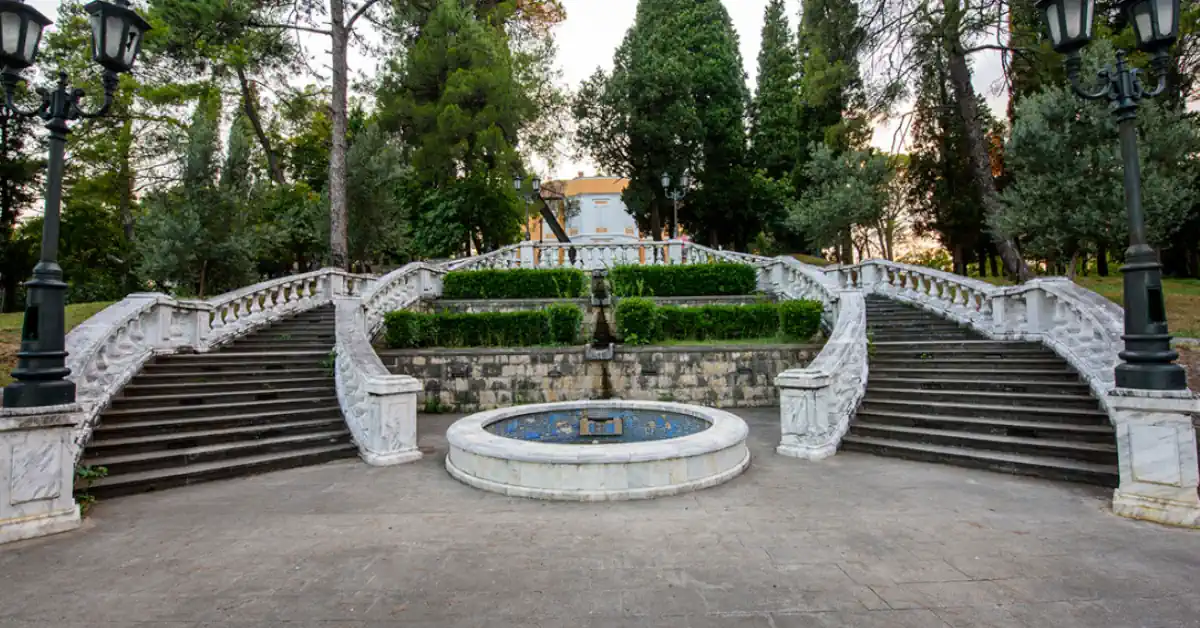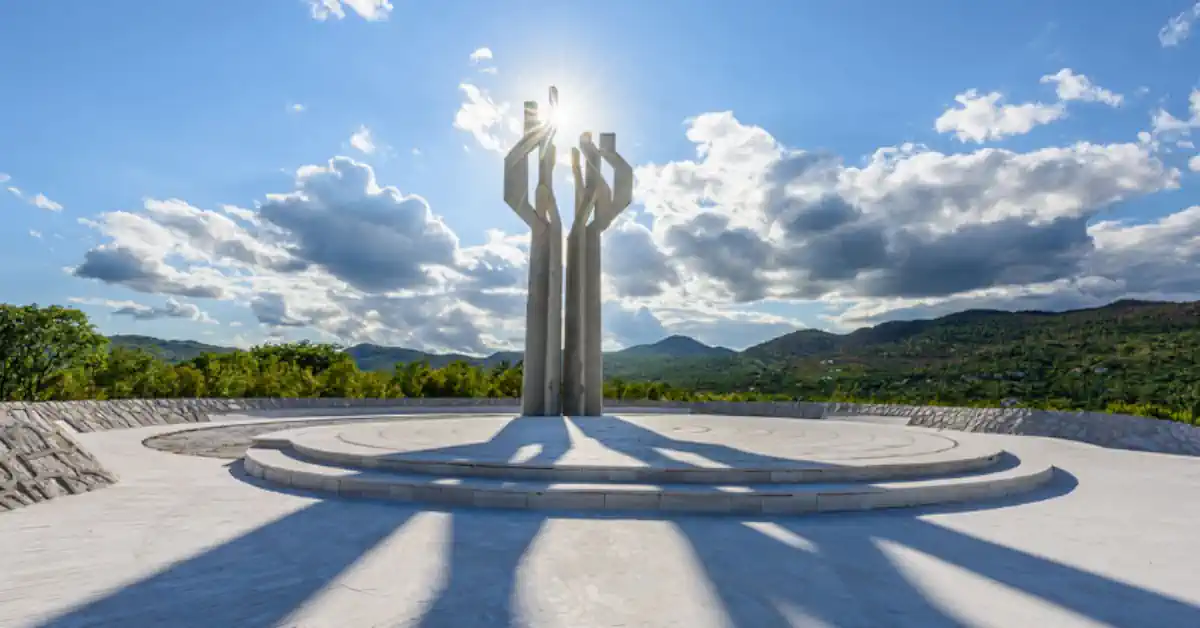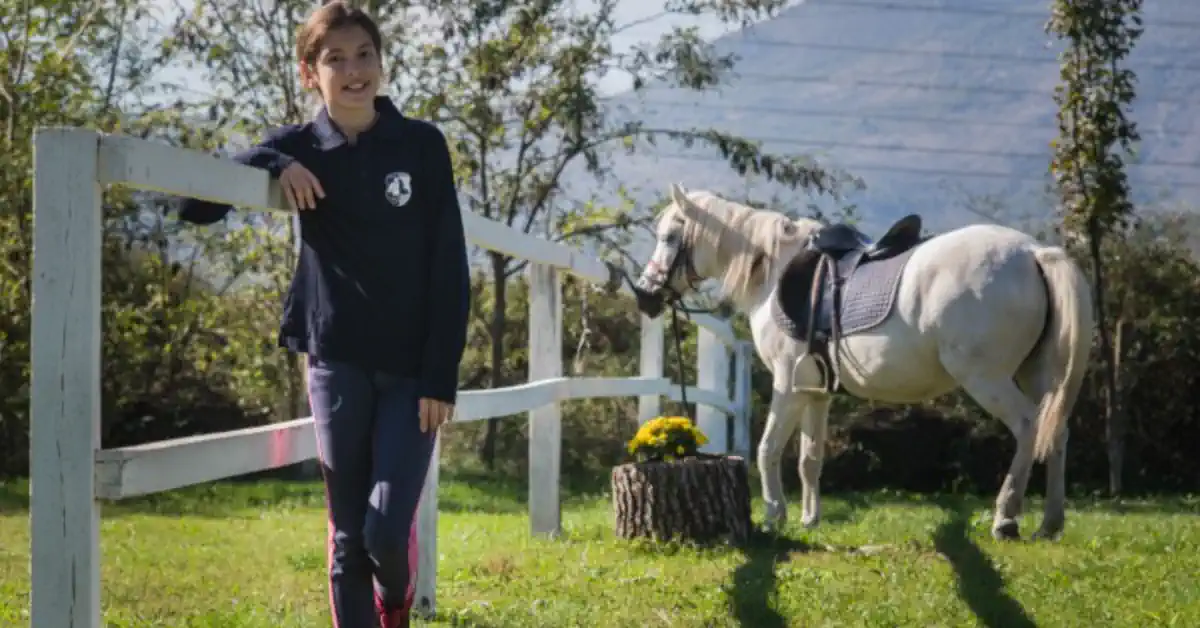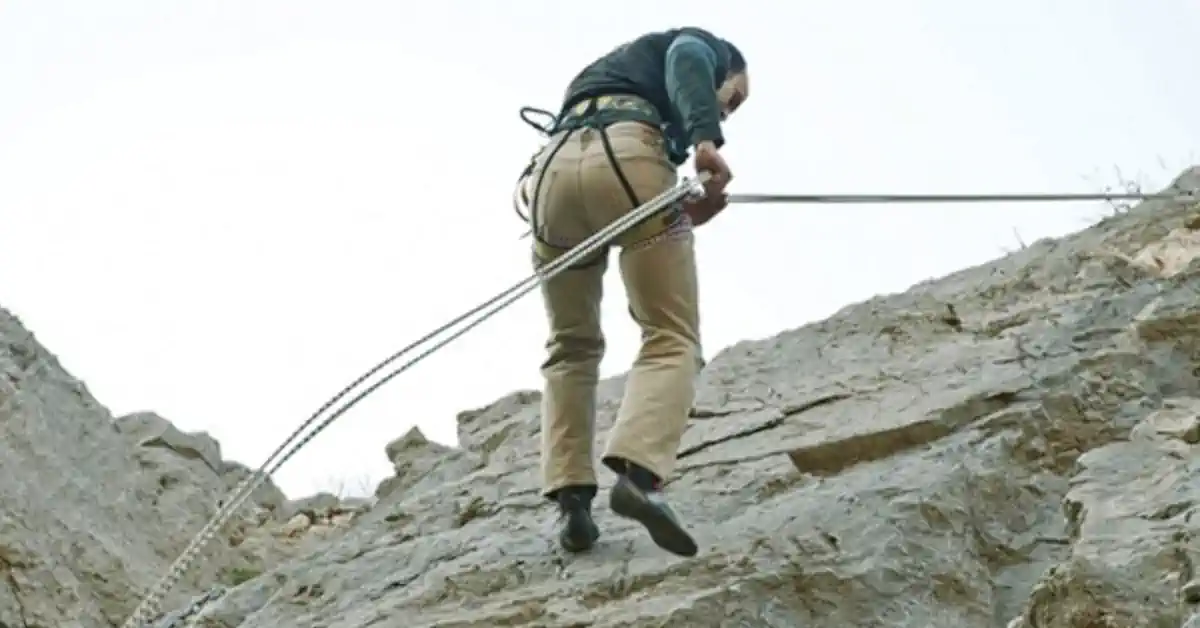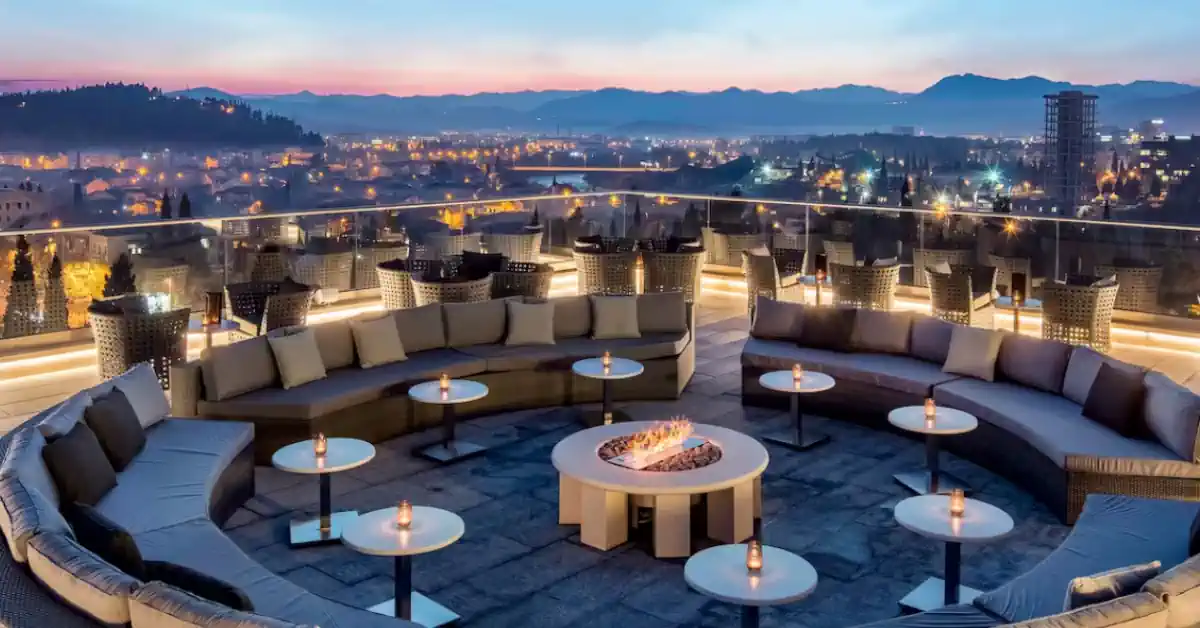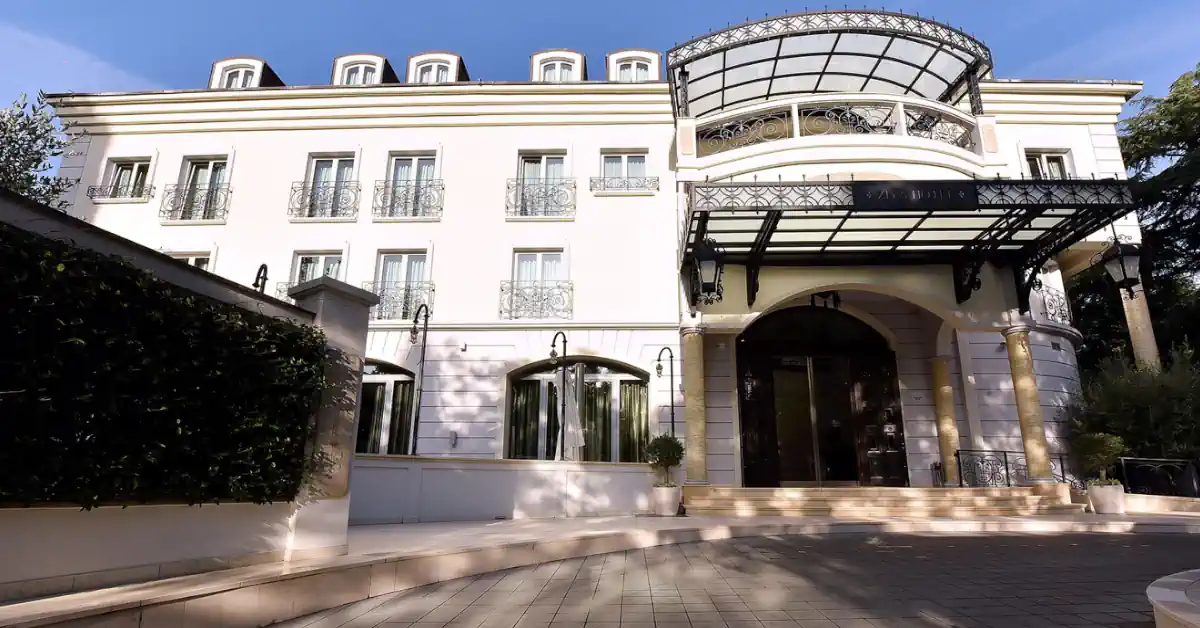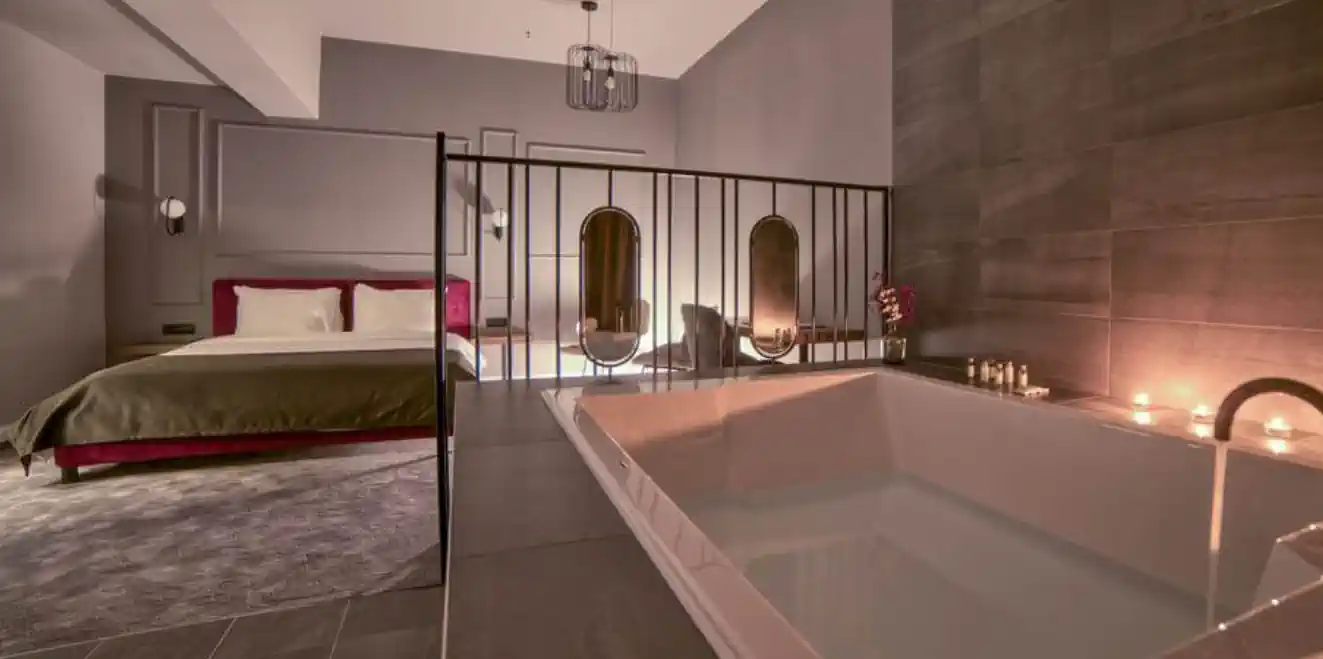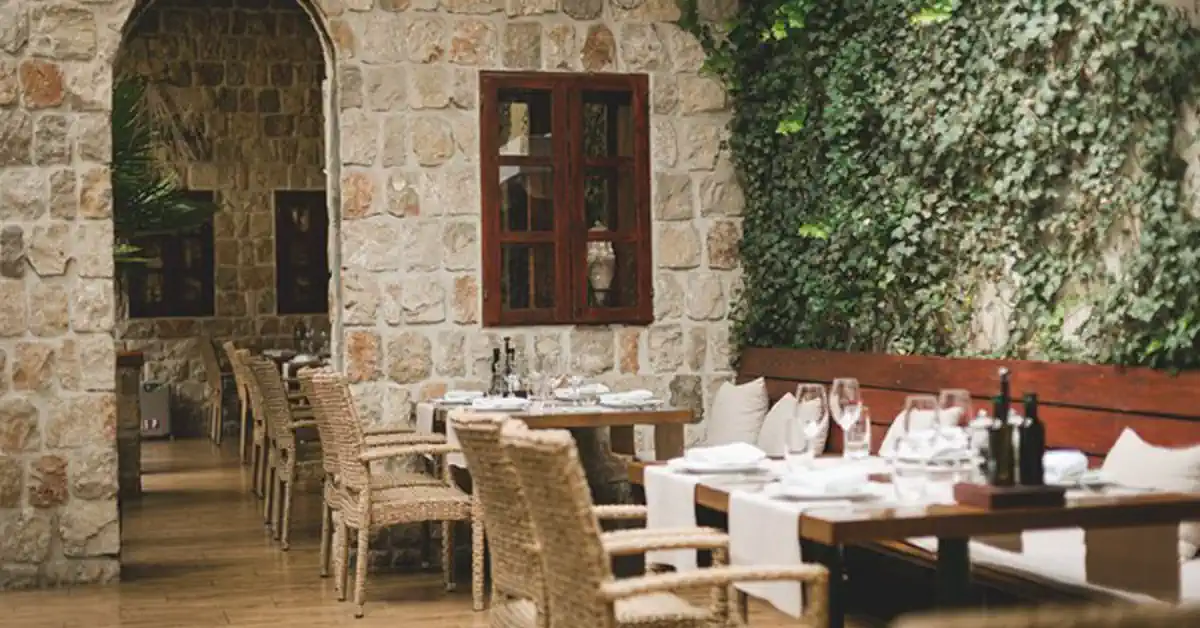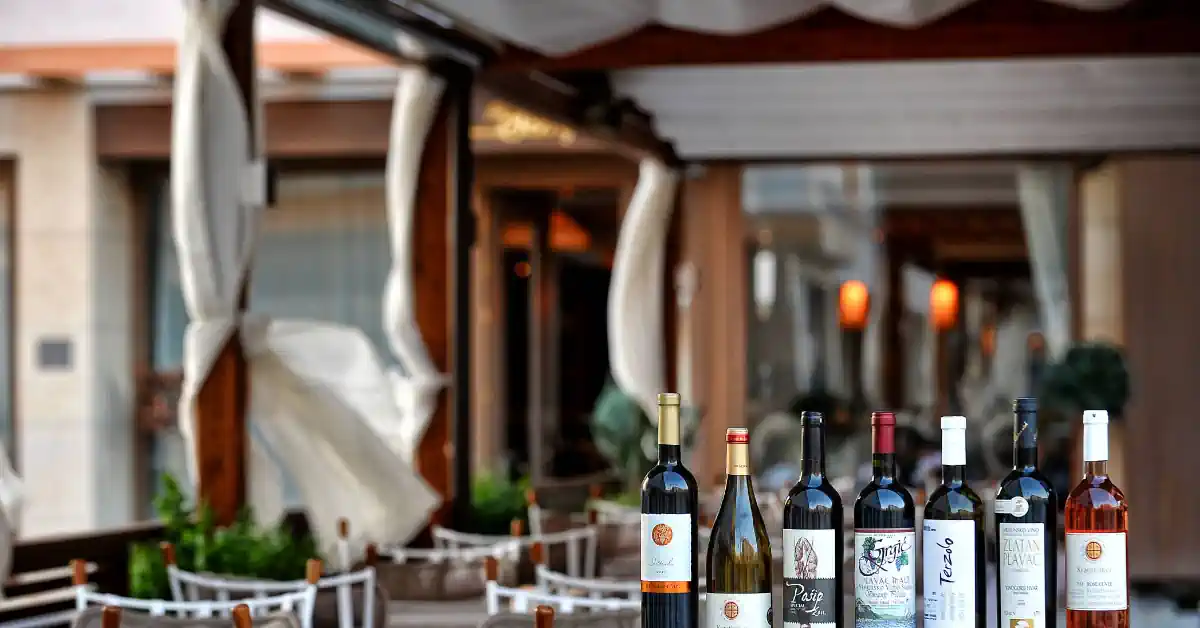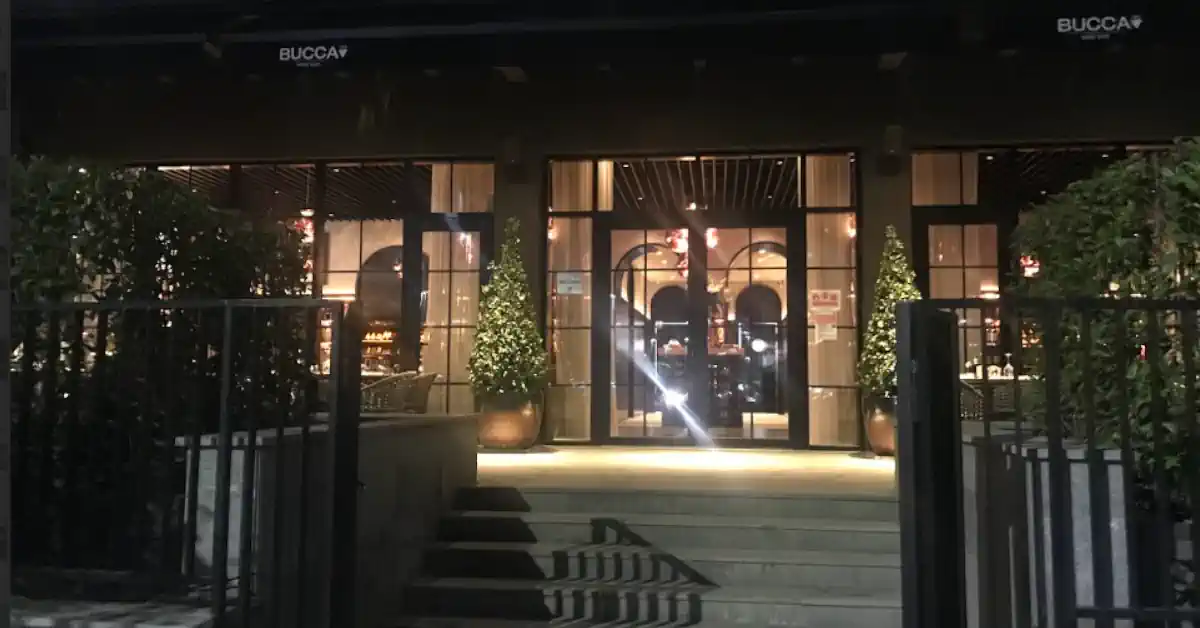
Table of Contents
TogglePodgorica City Guide
Podgorica, Montenegro’s capital and the country’s largest city has earned itself the infamous reputation of being one of the ugliest first cities in Europe. Michael Turtle who runs a travel blog even went so far as calling Podgorica a hole!
He claimed that Podgorica was lifeless and boring and lacked the characteristics of a proper European city. All there is to see were bland concrete apartment blocks and abandoned buildings.
Let’s dive into the details of Montenegro’s first modern planned city and see whether it has anything to offer visitors.
The History of Podgorica
Podgorica is a small city by today’s standards with only 200,000 inhabitants. But that should be no argument to deflect from the apparent ugliness of the city. Countless other cities with 200k inhabitants are breathtakingly beautiful such as Bordeaux, Granada, and York.
The problem lies not in its size but in its history. For most of Montenegro’s history, Podgorica was meaningless. Cetinje was the old royal capital for the better part of the 18th, 19th, and 20th centuries. This is where you will find old beautiful administrative buildings and other landmarks.
In 1946, shortly after the Second World War, Podgorica (then: Titograd) was proclaimed the capital city of the Socialist Republic of Montenegro which was part of Federal Yugoslavia back then. Being almost entirely destroyed during WW II, Titograd counted little more than 10,000 people back then.
That is the same population as in ancient Doclea, Podgorica’s predecessor from the Iron Age. Mix in decades of central socialist urban planning and years of uncontrolled construction powered by civil war and international economic sanctions, and you can start to comprehend why some consider it to be Europe’s ugliest capital.
Is Podgorica that ugly?
No, it’s an exaggeration to call Podgorica ugly. What Michael Turtle did not grasp about Podgorica is that most people leave the city for the coast in July and especially in August when temperatures become unbearable. Few people know it but Podgorica is one of the hottest cities in Europe – temperatures regularly reach 40+ degrees Celsius.
During August, the city starts waking up in the evening hours when the temperature falls to acceptable levels. This is when you can see the streets become filled with life, people sitting outside socializing.
Talking about that, locals in Podgorica love to spend time in cafes and restaurants where you can see them discussing daily affairs. The city has a great coffee culture and many beautiful and modern eateries and cafes.
And Podgorica is developing fast: modern apartment buildings have started replacing dilapidated 20th-century structures. It is getting better day by day. Where Podgorica lacks is in terms of landmarks. There are not many interesting or charming buildings.
Only a handful of them have survived the city’s tumultuous past, namely the Turkish clock tower from the 18th century, the old town mosque, and the Natural History Museum.
Things to do in Podgorica
As we have discussed above, Podgorica is not the kind of city you visit for admiring its buildings and churches. Podgorica is not a touristy city at all. It is the place where most Montenegrins live and work. It is practical and unpretentious. Should you be tempted to visit anyway, here are a couple of things you can do during your stay.
Gorica Park & Church of Saint George
Gorica Park contains Podgorica’s highest peak and is the city’s main green oasis, especially on hot summer days when the heated concrete of the streets and apartment buildings becomes unbearable. The Park Forest is located right in the city center, adjacent to the city stadium.
It is probably the most popular innercity destination for families and everyone else. To the foot of Gorica Hill, you will find the small but beautiful Saint George Church which features some 16th-century frescoes and colorful paintings. Opposite the church, there is a small and shaded cafe – the Klub Bocara where you can get excellent coffee and some snacks.
From there, you can take the path uphill toward the Partisan Monument Gorica. This is a memorial dedicated to all soldiers who took part in World War II to liberate Montenegro from fascist oppression. It is also the burying site for two communist revolutionaries and sixty-six national heroes.
If you venture further up, you’ll come across great some great spots to see the city from up high and the mountains that surround it. Luckily, there are dozens of benches to relax on.
The Gorica Adventure Park
Should you visit with children, we have good news for you. The Gorica Adventure Park is the ideal place for your youngsters to release some energy. The rope trails have some 10 – 15 obstacles at a maximum altitude of 15 meters. There is also one more demanding trail for adults and/or older children.
Certified instructors are on-site to guarantee maximum safety. As part of the adventure park, there is also an outdoor gym, a children’s playground, and a restaurant.
Orthodox Temple of Christ’s Resurrection
The biggest and most significant sacral building in Podgorica is the Orthodox Temple of Christ’s Resurrection. The church’s most notable features are its symmetrical belfries and a huge bell which is the heaviest in the Balkans.
Moving through the main entrance, you will be greeted by colorful frescoes on a golden background, depicting the scene of Christ’s resurrection among others. This is one of the most impressive churches in Montenegro. It is worth visiting – admission is free.
Old Ribnica River Bridge
It’s the emerald-colored Moraca River that separates Podgorica into two equally large parts. The Ribnica River is a tributary to the Moraca River and plays an important part in Podgorica’s history. In the Middle Ages, Podgorica was known as Ribnica.
The old Ribnica River Bridge is probably the city’s oldest and most iconic bridge. It goes seamlessly over into the ruins of the Depedogen Castle. It’s a nice and scenic area in general and also includes a strip of beach where you can sunbathe and swim.
Tip: Across Njegosev Park, you will find the lovely Na Moracu Beach Bar which is a relaxed venue to spend an afternoon or evening at.
Outdoor Swimming Pool
The Moraca Sports Center on the other side of the river features an outdoor Olympic-size swimming pool. Come here to refresh yourself on a hot day. it’s a great alternative to the fresh temperatures of the Moraca River.
Podgorica Museum and Gallery
If you have a general interest in Montenegrin history and culture, you should visit Podgorica City Museum which houses a collection of Balkan artwork along with many ethnographical and archaeological artifacts. The entrance is free of charge.
Learn everything you need to know about the history of Montenegro from ancient times right up until the afterwar years when Podgorica was renamed Titograd. There is also a room filled with religious artifacts and oil paintings.
It’s a great way to spend 1 or 2 hours.
Opening Hours: 9 am – 8 pm (closed on Mondays)
Visit a Winery
The mild and sunny climate of Podgorica produces wines with full bodies and flavors. Wines from this region often exhibit blueberry or blackberry, or even chocolate notes. With long autumns, the grapes have sufficient time to ripen and accumulate sugars.
If you are a connoisseur of wine or just someone who likes to drink a glass or two and wants to experience the local wine-making process, why not take a visit to a winery? Podgorica has many family-run establishments, many of them with a long tradition in viniculture.
The Jankovic Winery is run by Luka and Ljubo and produces 3,000 liters of wine and 750 liters of grappa annually. This small scale guarantees wines of high quality and rich flavors. They are open for visits each day except Sunday from 09:30 am to 6 pm.
They will be more than happy to guide you through the production facilities and explain all steps in the process. You will taste some of their best wines and be served local cheese and prosciutto.
Krusevac Park & King Nikola’s Winter Residence
Hidden in a beautiful surrounding park adjacent to the US Embassy in Podgorica, you will find the former King’s Winter Residence. During the summer months, the 19th-century mansion turns into an interesting contemporary art gallery. Admission is usually free.
Barutana Monument
The Barutana Monument is dedicated to all brave soldiers who lost their life during the Balkan Wars, and in the two World Wars. The brutalist concrete structure is the work of Svetlana Kana Radevic, Montenegro’s first female architect and at the same time one of the most acclaimed architects in Tito’s Yugoslavia.
photo: Podgorica Travel
The memorial itself extends over a surface area of more than 1,000 square meters and includes three separate structures: the 12-meter tall ‘tower’, an amphitheater, and a circle made of marble. This might be of interest to anyone who has an interest in 20th-century art and architecture.
Ancient City of Meteon (Medun)
Another relict from Podgorica’s past is the ancient Illyrian city of Meteon from the 4th century BC. It was originally erected as a fortress but later grew into a small settlement. Millennia of erosion, theft, and earthquakes have left very little of Meteon besides its well-preserved cycladic town walls.
source: Wikipedia
The walls are built of big stone blocks, laid down in rows, making up the circular defensive structure atop the hill. Many centuries later, the Church of St. Nicholas was added to the remains of the former castle. Here, you’ll also find the tomb of Marko Miljanov, a Montenegrin national hero and acclaimed writer.
The views of the surrounding rolling hills from atop are pristine.
The Ancient City of Meteon is located about 12 kilometers northeast of Podgorica.
Duklja Ruins
Doclea was an ancient Illyrian and later a Roman city that became a municipality during the reign of Roman Emperor Claudius. It was one of the largest cities in the province of Dalmatia counting 30,000 inhabitants and more. Doclea was placed strategically to control the trade route from the Dalmatian Coast to Shkoder, Albania.
While it may not be the most well-preserved archeological site, you can still see the remains of a temple, a market square, and Roman thermal baths. The city’s decline started in the 4th and 5th centuries when Barbarian tribes invaded and sacked most of it. A devastating earthquake led to even more destruction in the year 518.
The ruins are not far from the city center and you might also consider hiking the well-marked ‘Gorica – Malo Brdo – Duklja – Trail’ which is a little over 10 kilometers in length. The start is at the Church of Saint George at the entrance to Gorica Park.
Horseback Riding
There are a handful of horseback riding clubs operating in Podgorica one of which is the FK Buduscnost which offers both sports and therapeutic riding and inclusive workshops for children and older hippophiles.
source: FK Buducnost
Mountain climbing in Smokovac
The village of Smokovac which lies just 3 kilometers away from Podgorica’s city center, is a popular spot for mountain climbers. The trails start at the end of the River Moraca Canyon and include both longer and shorter paths. The longer ones go up 120 meters in altitude.
Info: The mountain climbing seasons start in February and last until late November.
Niagara Waterfalls
No, we are not talking about the waterfalls in North America but about the ones close to Podgorica that have been given the same name. The waterfalls are especially impressive after heavy rainfall when the speed of the stream picks up only to be crushed by the overhang of the riverbed.
The river in question is the Cijevna which originates in the Albanian mountains and once passing the waterfalls, flows into the Moraca River. It’s one of the most stunning waterways in Montenegro with a beautiful emerald color and a natural river course.
There is a restaurant nearby where you can enjoy pretty decent local food and have coffee or a beer while watching ducks and geese from the restaurant’s extensive outdoor terrace.
Info: The river dries up if it does not rain for months on end.
Pavlova Strana Viewpoint
Not far from Podgorica and toward Cetinje on the shores of Skadar Lake, you can find the astonishing Pavlova Strana Viewpoint. This is a horseshoe-shaped incised meander of the Crnojevica River and one of the most scenic photo motifs you can think of.
Hotels in Podgorica
The capital of Montenegro is home to several excellent contemporary hotels. Let’s have a look at which one we can recommend without reservation.
Hilton Podgorica
The 5-star Hilton city center is close to the financial and government district of Podgorica. On one side, it borders the small city park while on the other, you will find the lush and beautiful King’s Park.
Popular with business and leisure travelers alike, the Hilton is a good choice to base yourself in for a couple of days while in Podgorica. The hotel comes with an indoor swimming pool, a 24h fitness center, and a rooftop bar. The hotel is not expensive for a 5-star hotel with rates averaging 120 Euros per night for a standard room.
Tip: The breakfast is worth the extra 15€ since it provides a rich assortment of cold and hot food choices.
Ziya Hotel
The centrally-located Ziya Hotel is another great option for even the most demanding travelers. It is adjacent to Gorica Park where most of the embassies are located yet very close to the city center with its new and trendy cafes.
The beautifully-designed Ziya comes with a nice and expansive SPA & Wellness center and is the only other 5-star hotel beside the Hilton. The beds are not as comfortable as in the Hilton though while the price per night is similar, coming in at about 100 – 120 Euros per night.
Boscovich Hotel
In footwalk distance from the Ziya and Hilton Hotels, you will find the four-star Hotel Boscovich which has an excellent reputation with travelers and locals alike. Its elegantly-themed 30 rooms leave little to be desired. Being a small urban hotel, it does not contain a swimming pool or Spa center – just a small fitness center.
The Boscovich features an excellent restaurant serving both local and international specialties. Portion sizes are big and prices are cheap for what you get. Make sure to try the veal steak or pasta with shrimp. The cocktails in the adjacent Bar are top-notch. Overall, Hotel Boscovich is a well-rounded and very modern hotel, one of the best in Podgorica.
Room prices: 100 – 120 Euros
Restaurants in Podgorica
If you know where to look, you can find some excellent restaurants in Podgorica. Most of them are centered either around the traditional city center on the left banks of the Moraca River or close to the business district.
You can expect a laid-back Mediterranean atmosphere, especially during the summer months when people socialize on the lively outside terraces.
Porto Restaurant
If you are looking for an excellent fish restaurant in Montenegro’s capital, look no further than Restaurant Porto, an elegant eatery close to the Millennium Bridge. The Porto looks modest from the outside, being nested in a traditional ground-level stone house.
But wait until you move through the door and reach the picturesque inner courtyard whose thick stone walls are overgrown with ivy. Here you can eat in total tranquility, far away from the noise and bustle of the city.
While you can’t go wrong with any menu item, here are some recommendations which deserve to be highlighted: Pasta Calamarata with seafood, Black Risotto, and Salmon Steak.
Per Sempre
The Per Seempre is a decent Italian restaurant in the teeming City Quarter that offers great relief from traditional Balkan Cuisine. Not saying that Balkan Kitchen was bad but everyone needs a little food variety from time to time.
You will recognize many traditional Italian dishes on the menu such as pizza, pasta (home-made), and savory meat and fish specialties. As a starter, you should not skip the creamy mushroom soup.
You can then move on to a Primo such as the ravioli in mushroom sauce or pasta with truffles. Here are some recommendations for the Secondo: Squids a la Rimini, Tuna Steak, or Pork Steak in white wine sauce.
Bucca Wine Bar
Even though Podgorica is renowned for its viniculture, it lacked a proper and sophisticated wine bar. This changed with the opening of the Bucca Wine Bar which not only offers a fine selection of domestic and international wines but also pristine whiskies and cigars.
The regularly-updated food menu works well with the list of available wines. And the extraordinary professional waiters do find you the best wine pairings. This is the kind of establishment where you can blindly follow the recommendations of the chef and his team.
How to get there
Podgorica is well-located so that you can reach both the coast and its main mountain resort of Kolasin within 1-hour of driving. The scenic M2.3 highway connects Budva to Podgorica via Cetinje and is a pleasure to drive on.
Should you start in Bar, you will have to take the older road via Lake Skadar which also takes about one hour of driving time.
Arriving by Plane
Podgorica Airport is just a 15-minute drive from the city center. There are no public transport options available so you will need to either rent a car or take a taxi from the airport to the Podgorica center.
One good option is to download the Tesla Taxi app and book a ride in advance. You can also read our Montenegro Taxi Guide for more detailed information on that topic.


